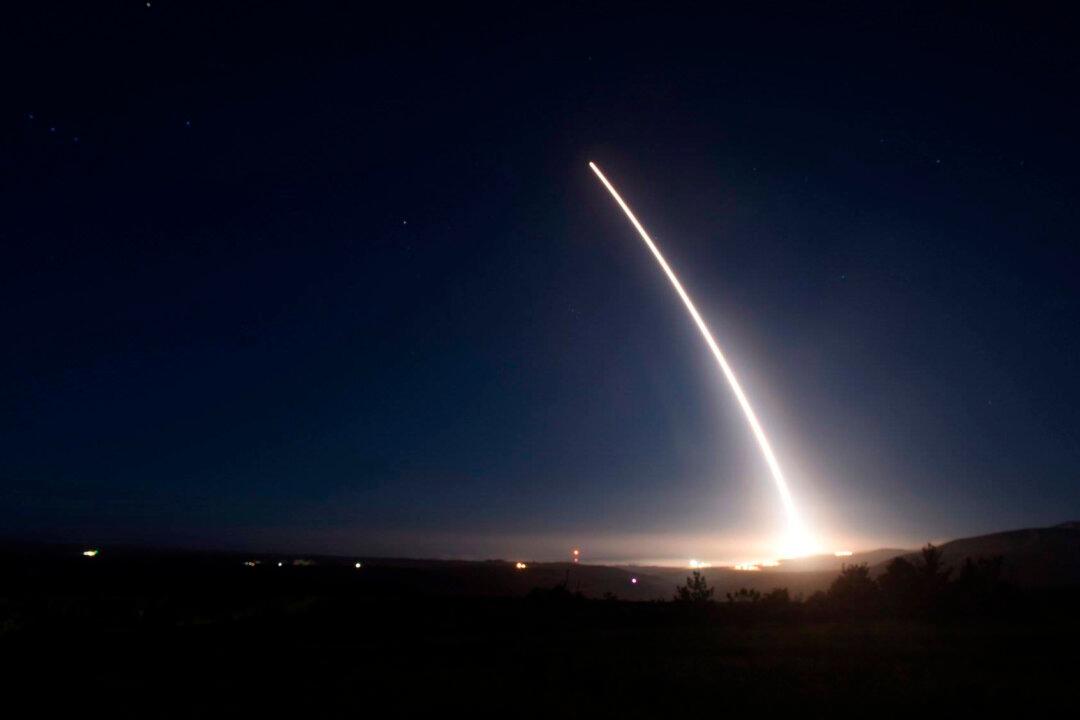The Biden administration on Tuesday declassified the U.S. nuclear stockpile numbers, according to the State Department, revealing the United States had about 3,750 nuclear warheads in its arsenal as of September of last year.
“The United States is releasing newly declassified information on the U.S. nuclear weapons stockpile to update the information previously released in September 2017,” said the State Department in a statement.





